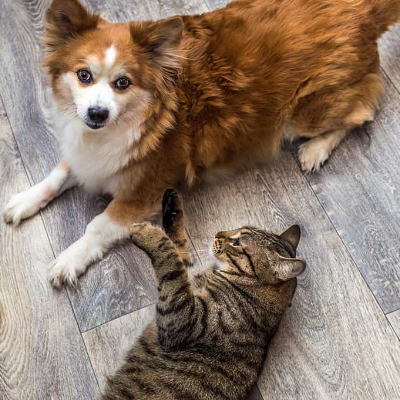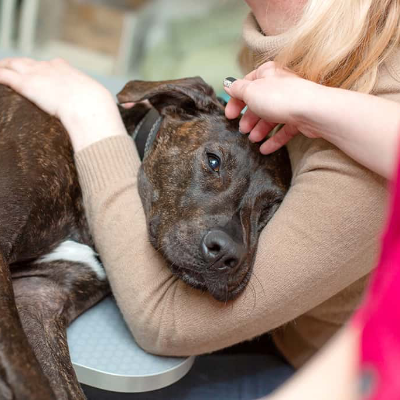Xylitol and Pets: Protecting Your Dogs from Hidden Sweetener Dangers

Uncovering the Risks: How Xylitol, the Common Sweetener, Poses Serious Health Threats to Dogs and Other Pets
As pet lovers, we go to great lengths to ensure our furry companions are healthy and happy. But did you know a common ingredient found in your kitchen could pose a serious threat to your dog? Today, we're shining a spotlight on xylitol, a sweetener that's safe for humans but potentially lethal for dogs.
What is Xylitol?
Xylitol is a sugar alcohol used as a sweetener in many products, including sugar-free gum, candies, baked goods, and even some peanut butters. Its popularity stems from being a low-calorie alternative to sugar, making it a common choice for those watching their sugar intake.
The Danger to Dogs
For our canine friends, however, xylitol is anything but sweet. Ingesting even small amounts can lead to severe health complications. When dogs eat xylitol, their bodies mistake it for real sugar, causing a rapid release of insulin. This sudden spike can lead to hypoglycemia (low blood sugar), a potentially fatal condition if not treated promptly.
Symptoms of xylitol poisoning in dogs include:
- Vomiting
- Weakness
- Lack of coordination
- Seizures
- Lethargy
- Collapse
In severe cases, xylitol ingestion can also lead to liver failure, adding another layer of risk.
Immediate Action is Crucial
If you suspect your dog has ingested xylitol, immediate veterinary attention is critical. The faster you act, the better the chances for a positive outcome. Do not wait for symptoms to appear, as they can progress rapidly and result in more severe complications.
Not Just Dogs
While dogs are most commonly affected due to their tendency to eat things they shouldn't, other pets can also be at risk. Though there's less research on the effects of xylitol on cats and other animals, the precautionary principle suggests keeping xylitol out of reach of all pets.
Prevention is Key
The best way to protect your pets is to prevent exposure in the first place. Be vigilant about checking product labels, especially if you're in the habit of sharing snacks with your four-legged friends. Educating yourself and others about the dangers of xylitol can help keep all our pets safe.
Conclusion
As pet owners, it's our responsibility to safeguard the health and well-being of our furry family members. Awareness is the first step in prevention. By understanding the dangers of xylitol and taking proactive measures to avoid exposure, we can ensure our pets live long, healthy, and happy lives.
Remember, when it comes to pet safety, there's no such thing as being too careful. Keep those tails wagging safely by keeping xylitol out of paw's reach!






